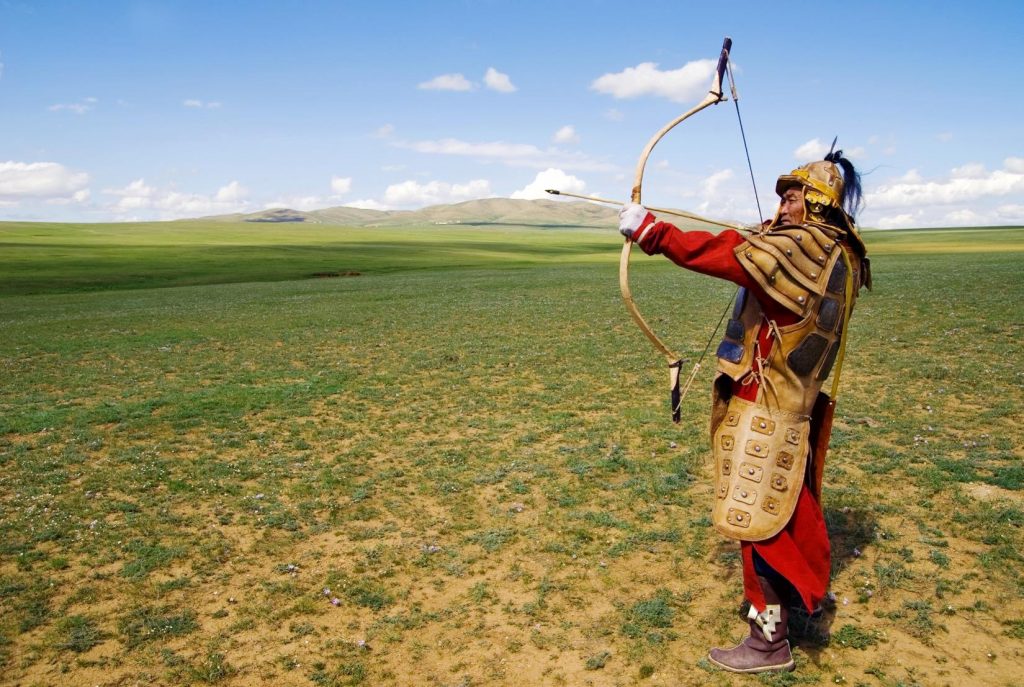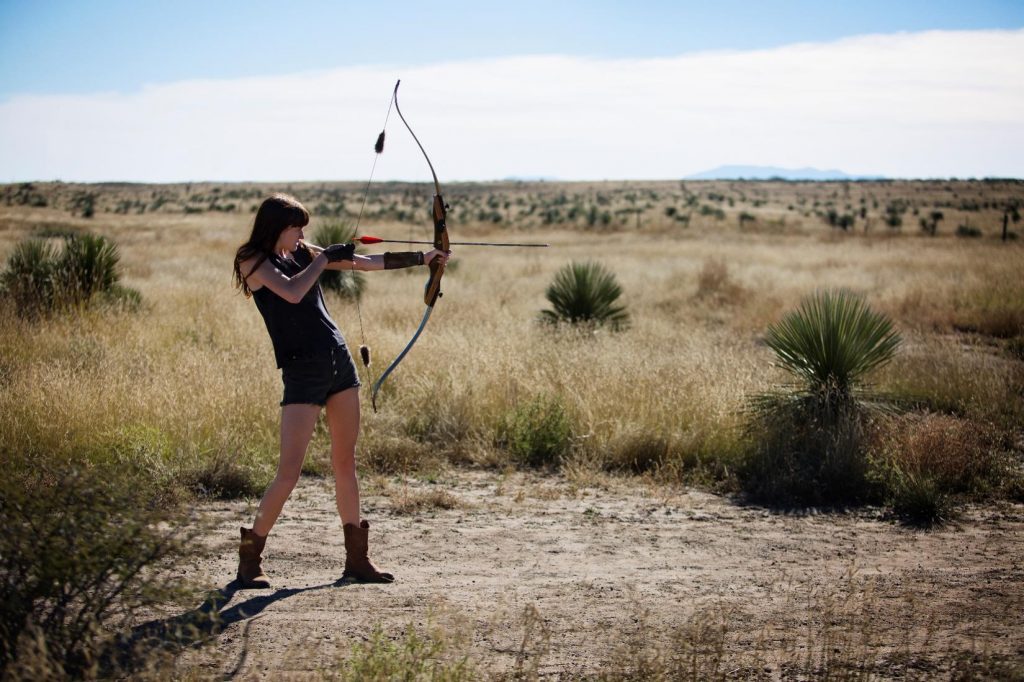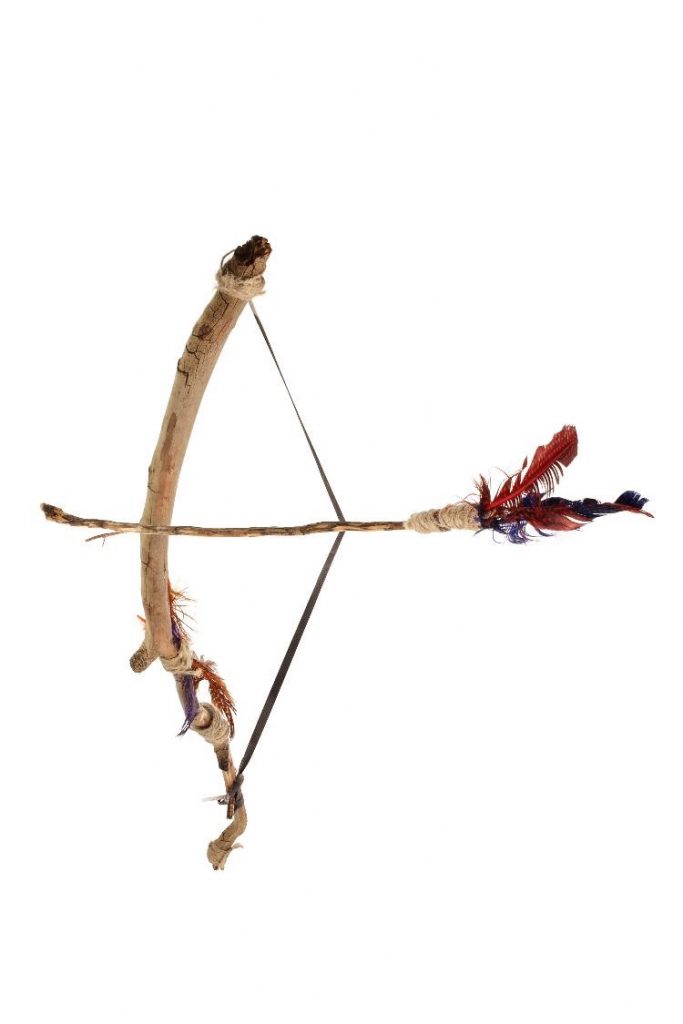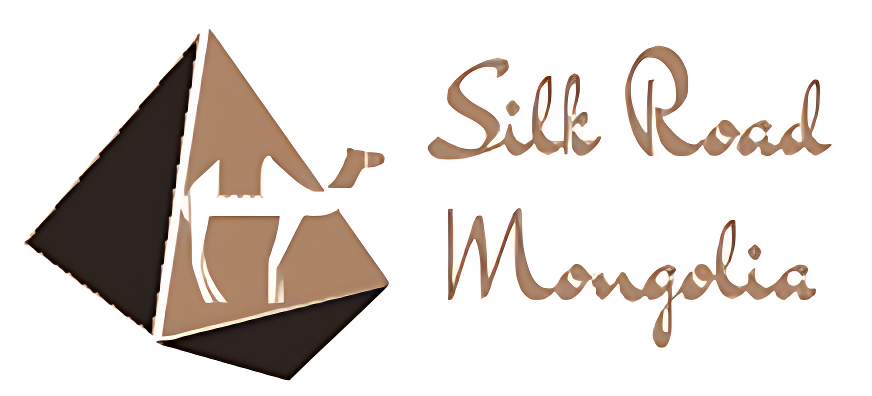Blog
Hun Bow vs Mongolian Bow
The Hun Bow and the Mongolian Bow are two styles of bows used in archery that have seen used throughout history. Both bows are iconic symbols of their respective cultures, and each has its own unique advantages and disadvantages. In this article, we will explore the differences between these two bow types, including their design elements, construction materials, draw length, power output and accuracy potential. We will also discuss how each type of bow can be used for hunting or target shooting. Finally, we will look at some modern versions of both bows to give readers a sense of the latest technology available. Hopefully by the end of this article readers will have a better understanding of not only what separates Hun Bows from Mongolian Bows but also why they remain popular choices for archers.

The Hun Bow and the Mongolian Bow have very different design elements. The Hun bow is a recurve bow, meaning that it has tips that curve away from the archer when strung. This design helps create more power for shots at longer distances without requiring as much draw weight to achieve the same effect. It also allows the bow to stay smaller in size than a traditional longbow, making it easier to use on horseback or while moving quickly through brushy terrain.
The Mongolian Bow, on the other hand, is an asymmetrical composite bow with reflexed limbs and string bridges at either end. These design elements assist with stability during shooting and also allow for more draw length than would be possible with a straight-limbed bow. However, this design also reduces the amount of power that can be generated during shots and makes it more difficult to aim accurately at longer distances. Learn more about the unique design of Mongolian bows here.

Both bows were traditionally made using wood as the primary construction material, although modern versions often incorporate synthetic materials such as fiberglass or carbon fiber for increased strength and durability. This allows the bows to maintain their shape over time while still being lightweight enough to carry into the field with ease. Draw length is another important factor when comparing these two styles of bows; typically, Hun Bows have an average draw length of 30-31 inches while Mongolian Bows usually measure around 33-34 inches in total draw length.
Finally, one must consider power output and accuracy potential when comparing the two bows. Generally, Hun Bows are capable of generating more power at shorter distances while Mongolian Bows can be more precise at longer ranges. In addition, both styles of bows can be used for hunting or target shooting depending on the archer’s preference.

In conclusion, Hun Bows and Mongolian Bows have a number of differences between them that must be considered when selecting one to use in archery. While each type has its own advantages and disadvantages, modern versions of both bows include materials such as fiberglass or carbon fiber for increased strength and durability as well as draw lengths optimized for their respective purposes. Ultimately, whether you choose a Hun Bow or a Mongolian Bow will depend on what type of shooting you plan on doing and the type of archery you prefer. No matter which one you choose, it is sure to provide an enjoyable experience. If after this blog you are interested in acquiring a Mongolian bow check out our website!
